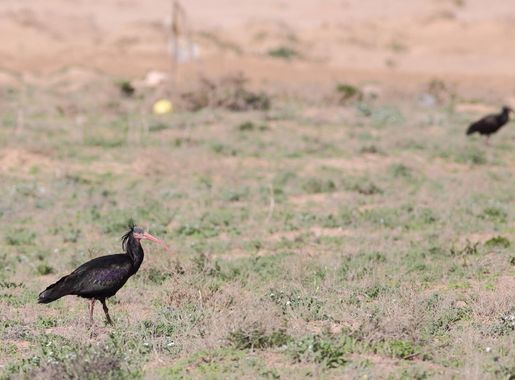
Agadir Region: Morocco's Coastal Gem
Discover the Agadir Region in Morocco: A perfect blend of sun-soaked beaches, rich history, and vibrant culture, nestled between the Atlantic Ocean and the Atlas Mountains.
The Agadir Region, located on the southwestern coast of Morocco, is a true treasure trove for tourists. Known for its stunning beaches, the region offers an idyllic escape into sun, sand, and surf. Agadir's sandy shores are perfect for lounging or engaging in water sports, while the Atlantic waves attract surfers from around the world. The region's mild climate makes it a year-round destination. Beyond the beaches, Agadir is steeped in history. The Kasbah, perched on a hilltop, offers panoramic views of the city and the coastline. Although the 1960 earthquake left much of the original structure in ruins, the Kasbah remains a symbol of Agadir's resilience. The city itself has been rebuilt with modern amenities, offering visitors a blend of historic charm and contemporary comfort. For those seeking cultural experiences, the Agadir Region does not disappoint. The Souk El Had market is a bustling hub where you can immerse yourself in local life. Here, you can find everything from fresh produce to handmade crafts. The region is also famous for its Argan oil, and a visit to a local cooperative provides insight into its production and benefits. Don't miss the chance to explore the surrounding Atlas Mountains and the scenic Paradise Valley, known for its lush greenery and natural pools.
Local tips in Agadir Region
- Visit the Kasbah early in the morning or late in the afternoon to avoid the heat and enjoy the best views.
- Take a guided tour of the Souk El Had market to fully appreciate its vastness and variety.
- If you plan to surf, the best waves are typically found from September to April.
- Wear comfortable shoes if you plan to explore the Atlas Mountains or Paradise Valley.
- Try local dishes like tagine and couscous at traditional Moroccan restaurants.
Agadir Region: Morocco's Coastal Gem
The Agadir Region, located on the southwestern coast of Morocco, is a true treasure trove for tourists. Known for its stunning beaches, the region offers an idyllic escape into sun, sand, and surf. Agadir's sandy shores are perfect for lounging or engaging in water sports, while the Atlantic waves attract surfers from around the world. The region's mild climate makes it a year-round destination. Beyond the beaches, Agadir is steeped in history. The Kasbah, perched on a hilltop, offers panoramic views of the city and the coastline. Although the 1960 earthquake left much of the original structure in ruins, the Kasbah remains a symbol of Agadir's resilience. The city itself has been rebuilt with modern amenities, offering visitors a blend of historic charm and contemporary comfort. For those seeking cultural experiences, the Agadir Region does not disappoint. The Souk El Had market is a bustling hub where you can immerse yourself in local life. Here, you can find everything from fresh produce to handmade crafts. The region is also famous for its Argan oil, and a visit to a local cooperative provides insight into its production and benefits. Don't miss the chance to explore the surrounding Atlas Mountains and the scenic Paradise Valley, known for its lush greenery and natural pools.
When is the best time to go to Agadir Region?
Iconic landmarks you can’t miss
Souk El Had
Discover the vibrant colors and flavors of Souk El Had in Agadir, Morocco's largest market showcasing local crafts, delicious food, and cultural experiences.
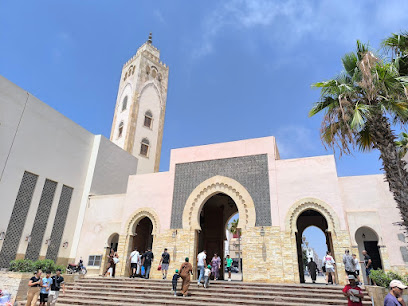
Iberostar Founty Beach
Discover the luxurious Iberostar Founty Beach in Agadir, where stunning beaches, exquisite dining, and invigorating spa experiences await travelers seeking tranquility.
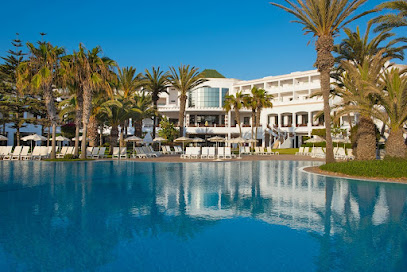
Crocoparc
Discover the captivating world of reptiles and breathtaking botanical gardens at Crocoparc in Agadir, a must-visit destination for nature lovers.

Agadir Oufella
Discover the rich history and breathtaking views at Agadir Oufella, a must-visit cultural landmark overlooking the stunning Atlantic coastline.

Plage d'Agadir
Discover the enchanting beauty of Plage d'Agadir, a stunning beach in Morocco perfect for relaxation, adventure, and unforgettable sunsets.
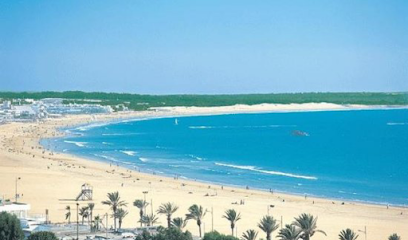
Paradise Valley
Explore the breathtaking landscapes of Paradise Valley, a hiker's paradise and serene oasis in Morocco's stunning Atlas Mountains.
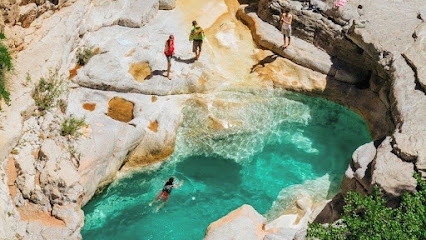
Agadir Medina
Discover the vibrant culture and exquisite flavors of Morocco at Agadir Medina, a must-visit destination for every traveler in Agadir.

Hotel Riu Palace Tikida Agadir
Experience luxury and comfort at Hotel Riu Palace Tikida Agadir, where breathtaking views and exquisite dining await you in Morocco's stunning coastal city.

Agadir Birds Valley
Discover the breathtaking beauty of Agadir Birds Valley, an enchanting zoo showcasing a stunning variety of birds in a lush, serene environment.
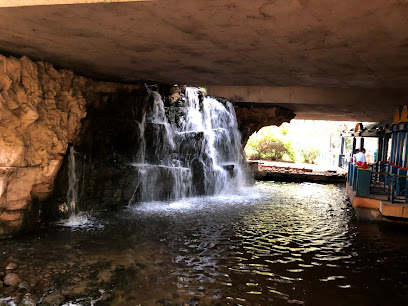
Station Téléphérique - Cable Car Station
Discover stunning panoramic views and natural beauty at Agadir's Station Téléphérique, a must-visit attraction for every traveler.
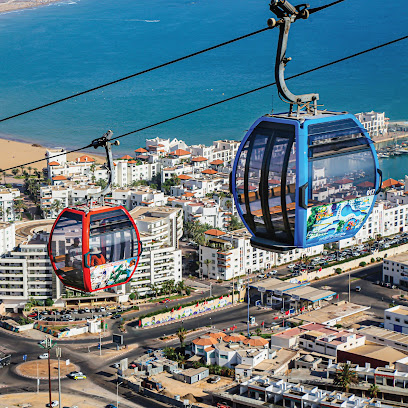
Mohamed V Mosque, Agadir
Explore the enchanting Mohamed V Mosque in Agadir, a stunning blend of architecture and spirituality, reflecting Morocco's rich cultural heritage.

Anza Beach
Discover the serene beauty of Anza Beach, a hidden coastal treasure in Morocco perfect for relaxation and exploration.
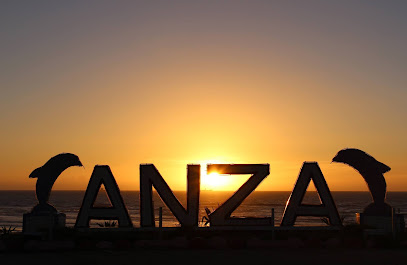
Corniche de la plage d'Agadir
Discover the scenic beauty and lively atmosphere of the Corniche de la plage d'Agadir, a must-see destination for every tourist in Morocco.
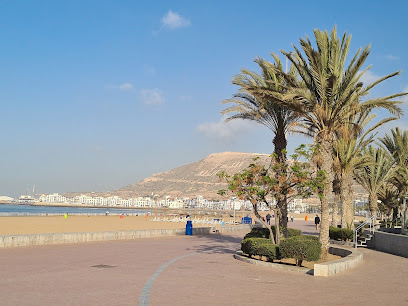
Jardin Olhao Agadir
Explore Jardin Olhao Agadir - a tranquil sanctuary of exotic plants and Berber culture in the heart of Morocco.
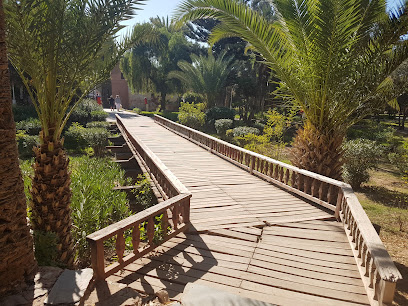
Agadir Dolphin World
Explore the enchanting Agadir Dolphin World, where playful dolphins and vibrant marine life create a captivating experience on Morocco's stunning coast.
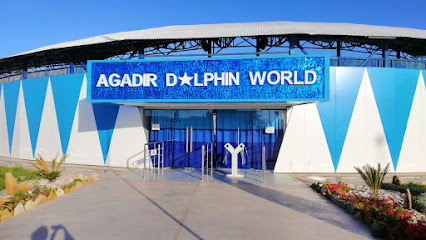
Unmissable attractions to see
Lebanon Mosque
Discover the architectural beauty and spiritual tranquility of Lebanon Mosque in Agadir, a cultural gem steeped in Moroccan heritage.
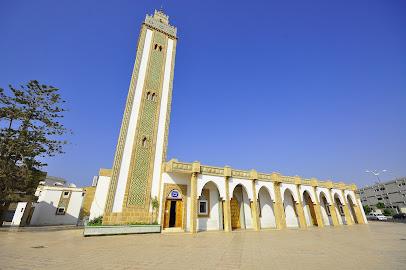
Abou Bakr Assidik mosque
Explore the Abou Bakr Assidik Mosque in Agadir - a beautiful blend of tradition, architecture, and community spirit.
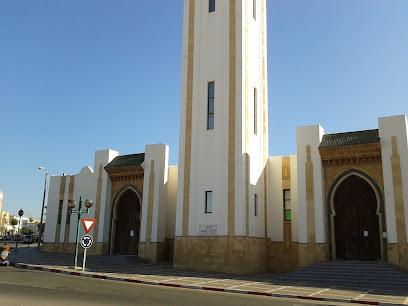
Danialand
Explore Agadir's Danialand, a captivating tourist attraction blending stunning views with rich historical narratives.
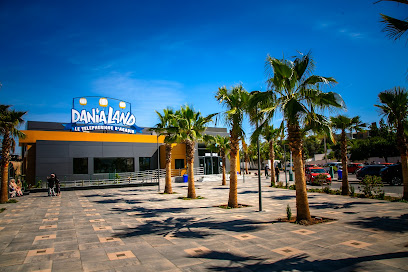
Mosquée Essalam
Experience the serene beauty and cultural richness of Agadir's Mosquée Essalam, a tranquil oasis showcasing Moroccan architectural splendor.

Train Touristique
Experience the beauty of Agadir on the Train Touristique, where scenic views and local culture come together for an unforgettable ride.

Spa Bo Diamond Products
Discover ultimate relaxation at Spa Bo Diamond Products in Agadir, where luxurious treatments and tranquil ambiance rejuvenate your spirit.
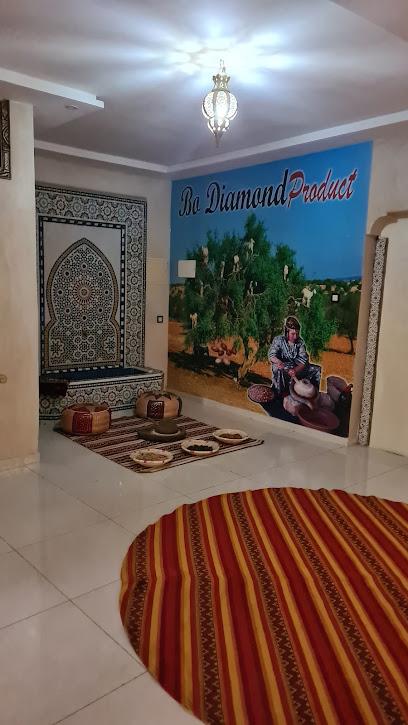
Great Mosque of Agadir
Explore the Great Mosque of Agadir, a stunning example of Moroccan architecture and a serene place for cultural immersion in Agadir.
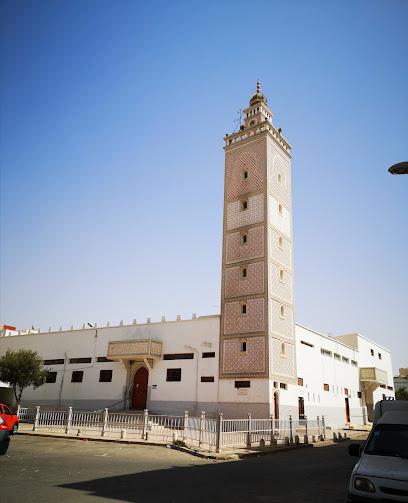
Moroccan Surf Adventures
Discover the best of Agadir at Moroccan Surf Adventures, where surfing meets relaxation in a stunning coastal setting.

Khair Mosque
Discover the serene beauty of Khair Mosque in Agadir, a stunning example of Islamic architecture and a peaceful retreat for reflection and cultural immersion.
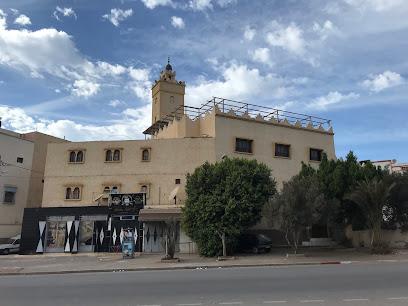
Ali ibn Abi Talib Mosque
Discover the serenity and architectural beauty of the Ali ibn Abi Talib Mosque, a cultural gem in the heart of Agadir, Morocco.

Mosque Khadija Mother of the believers
Explore the architectural beauty and spiritual significance of Mosque Khadija Mother of the Believers in Agadir, a must-see for cultural enthusiasts.
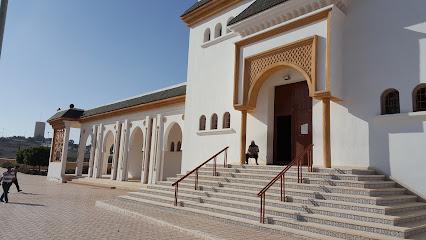
Agadir Atlantic Excursion
Experience breathtaking hikes and stunning coastal views at Agadir Atlantic Excursion, a must-visit destination for nature lovers in Morocco.
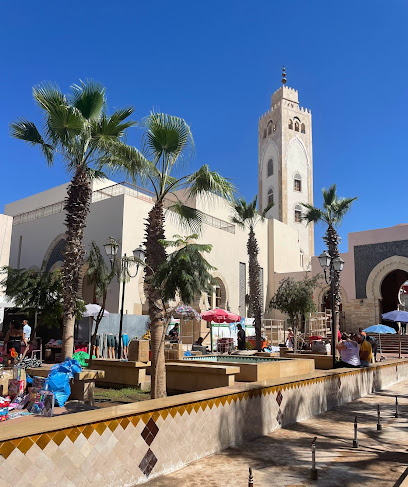
agadir sunset
Experience the breathtaking sunsets of Agadir, where adventure meets natural beauty in a stunning outdoor retreat.
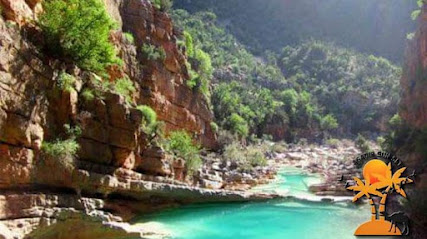
Grande Mosquée Al Houda
Experience the beauty and serenity of Grande Mosquée Al Houda in Agadir, a stunning representation of Moroccan architectural elegance and spiritual culture.
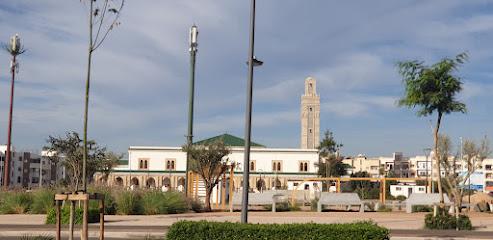
Googler Local guide
Experience the beauty of Agadir Beach, Morocco's coastal gem, with golden sands and vibrant culture perfect for relaxation and adventure.
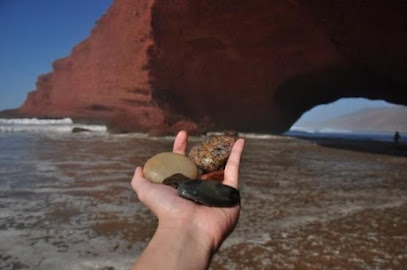
Essential places to dine
Jour et Nuit
Experience authentic Moroccan flavors at Jour et Nuit – a delightful grill and coffee shop in Agadir's vibrant tourist sector.
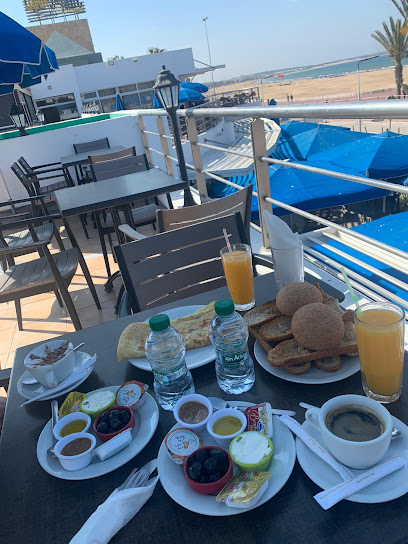
Restaurant Le Nil Bleu
Experience delightful seafood and traditional Moroccan dishes at Restaurant Le Nil Bleu in Agadir's vibrant tourist district.
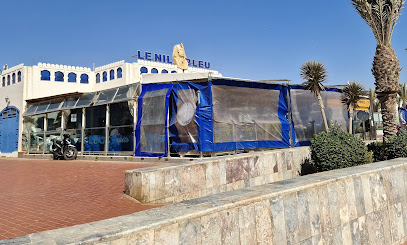
Ô Playa
Experience stunning ocean views and delightful cuisine at Ô Playa, Agadir's premier beachfront restaurant offering authentic Moroccan flavors.
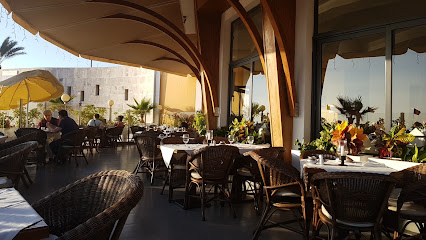
BAYT AL MANDI GULF RESTAURANT
Discover authentic Indian and Middle Eastern flavors at Bayt Al Mandi Gulf Restaurant in Agadir - a delightful dining experience awaits!
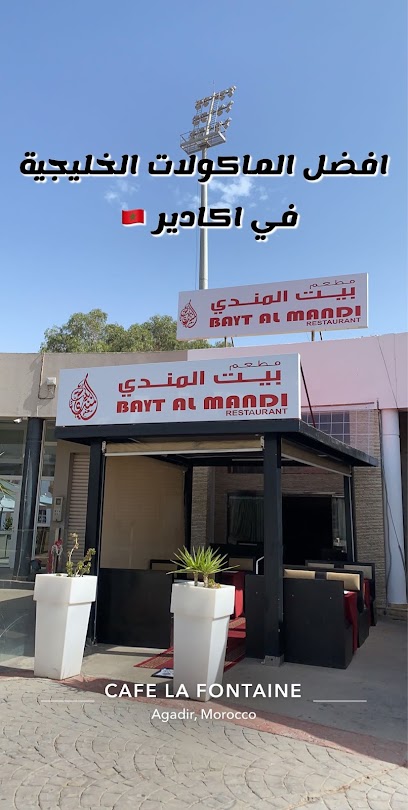
Restaurant Hatty Daou
Discover authentic Moroccan cuisine at Restaurant Hatty Daou in Agadir – where flavor meets culture in a charming setting.

Camel's
Experience authentic Moroccan cuisine at Camel's in Agadir - where delicious flavors meet breathtaking ocean views.

Restaurant Les Blancs
Experience exquisite Moroccan cuisine with breathtaking views at Restaurant Les Blancs in Agadir's beautiful marina.
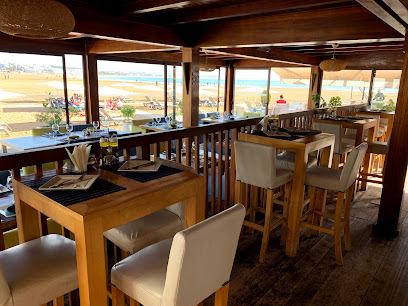
Le Jardin d'Eau
Experience the enchanting blend of Moroccan flavors and serene ambiance at Le Jardin d'Eau in Agadir.
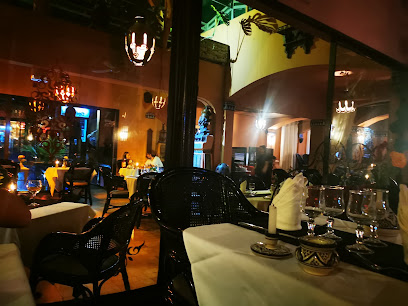
Le Z Restaurant Bar Tapas Agadir
Discover the flavors of Morocco at Le Z Restaurant Bar Tapas in Agadir - where exquisite tapas meet stunning views.
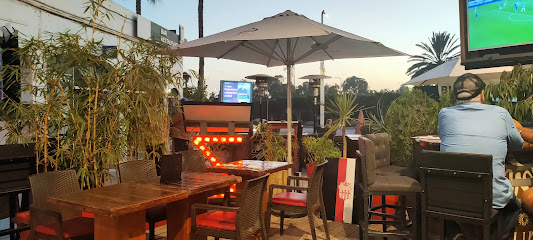
Restaurant La Scala
Discover the exquisite European flavors at Restaurant La Scala in Agadir's vibrant dining scene.
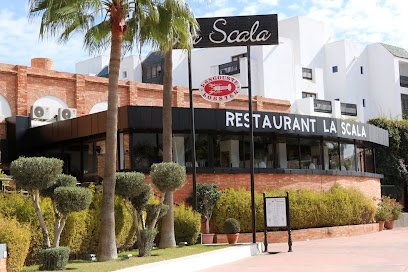
Restaurant Daffy
Experience authentic Moroccan flavors at Restaurant Daffy in Agadir - a must-visit culinary destination for tourists seeking delicious local cuisine.
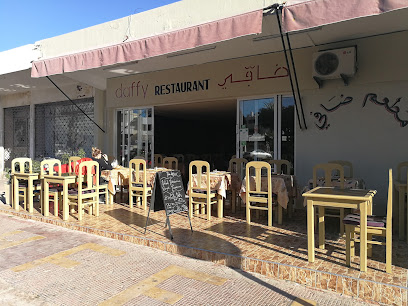
Le Tapis Rouge by Little Norway
Experience exquisite Moroccan cuisine with international flair at Le Tapis Rouge by Little Norway in Agadir.
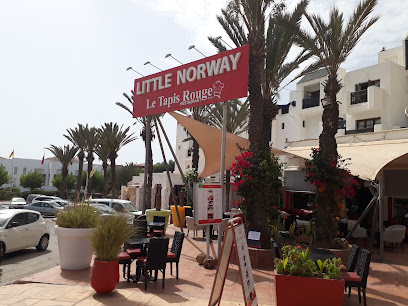
Le Mauresque agadir
Experience exquisite Moroccan cuisine at Le Mauresque in Agadir – where tradition meets elegance.
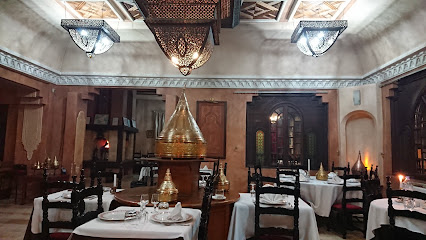
K-moon
Experience the vibrant flavors of Morocco at K-moon, where delicious food meets warm hospitality in Agadir's heart.

L'ardoise Gourmande
Experience authentic Moroccan flavors at L'ardoise Gourmande in Agadir, where culinary excellence meets warm hospitality.
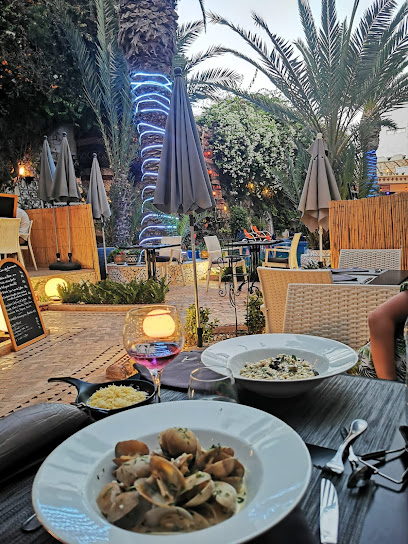
Markets, malls and hidden boutiques
Marjane Agadir
Experience the essence of Moroccan shopping at Marjane Agadir, where local culture meets modern convenience.

Decathlon Agadir
Discover quality sporting goods at Decathlon Agadir, your one-stop shop for outdoor adventures and athletic pursuits in Morocco.
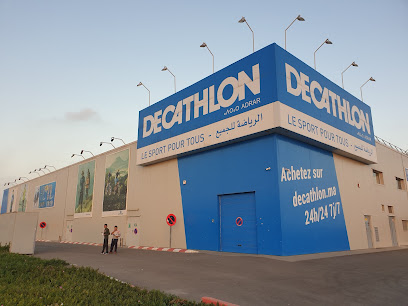
ZARA
Discover modern fashion at ZARA in Agadir, where stylish clothing meets affordability in a vibrant shopping atmosphere.
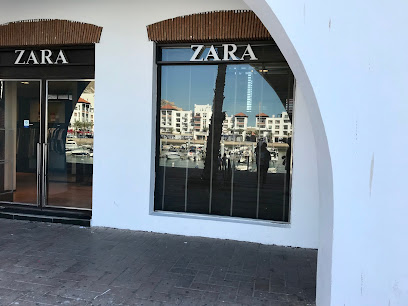
L’Atelier
Explore the delightful world of Moroccan tea and pastries at L’Atelier, a charming tea house in Agadir that promises a cozy retreat.
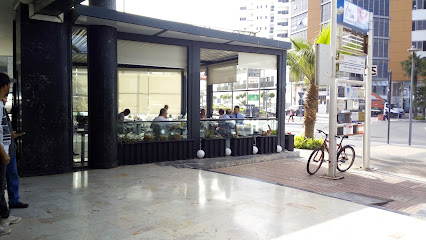
Shopagadir
Explore the latest electronics at Shopagadir, Agadir's premier destination for all your tech needs, from smartphones to home appliances.

Rue moulay driss
Explore Rue Moulay Driss: Agadir's vibrant shopping mall blending local culture, dining, and diverse retail options for an unforgettable experience.
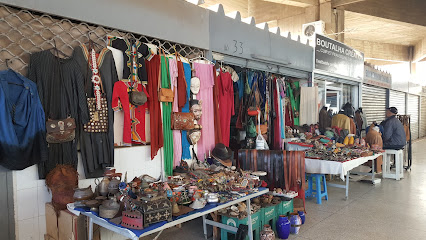
Orchestra Agadir
Explore Orchestra Agadir, the ultimate children's clothing store offering stylish outfits and baby essentials for all ages in a welcoming atmosphere.
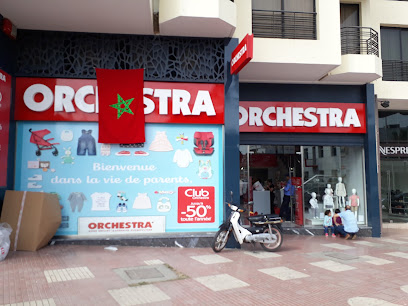
La Fabrique
Discover La Fabrique, Agadir's premier clothing store, showcasing unique Moroccan fashion and accessories for every style.
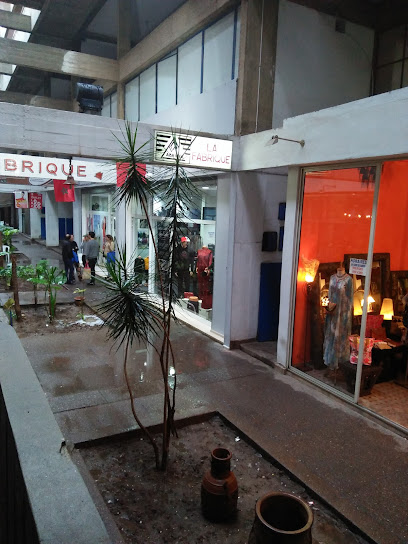
Agence Maroc Telecom Amzil
Discover Agence Maroc Telecom Amzil: Your gateway to seamless connectivity and mobile solutions in Agadir.
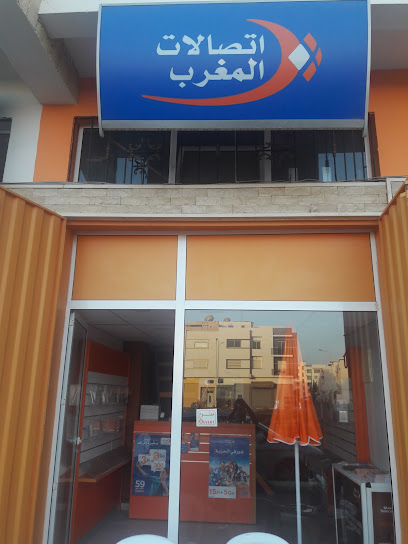
Yatout Home Agadir
Discover an array of furniture, home improvement goods, and toys at Yatout Home Agadir, where quality meets affordability in a vibrant shopping atmosphere.
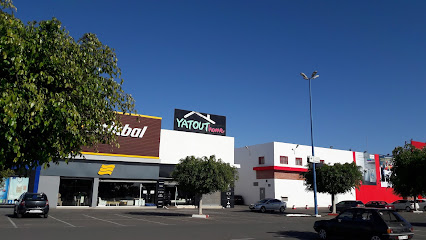
Rod Surf Shop
Discover the ultimate surfing experience at Rod Surf Shop in Agadir, where adventure meets the beautiful Moroccan coastline.
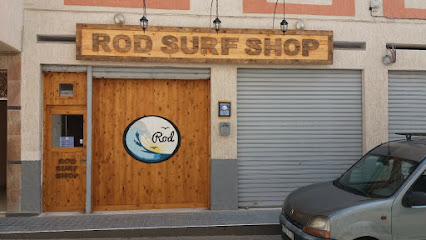
Duty Free Shops
Discover the charm of Agadir's Duty Free Shops, offering tax-free shopping for luxury goods and unique Moroccan treasures at Aéroport International Al Massira.
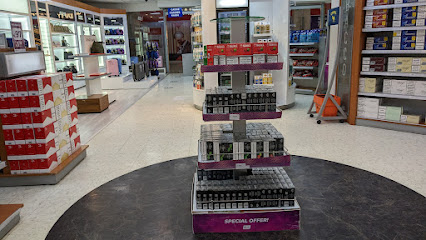
Agadir Style
Explore Agadir Style for unique men's clothing that blends traditional Moroccan flair with contemporary fashion, right in the heart of Agadir.
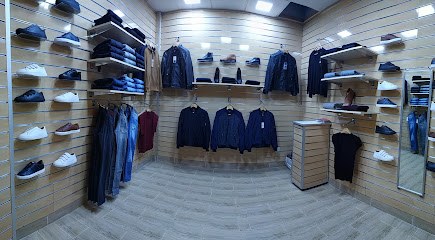
shop souvenir
Explore Agadir's Gift Basket Store for authentic Moroccan souvenirs, artisanal crafts, and a taste of local culture, all in one vibrant location.
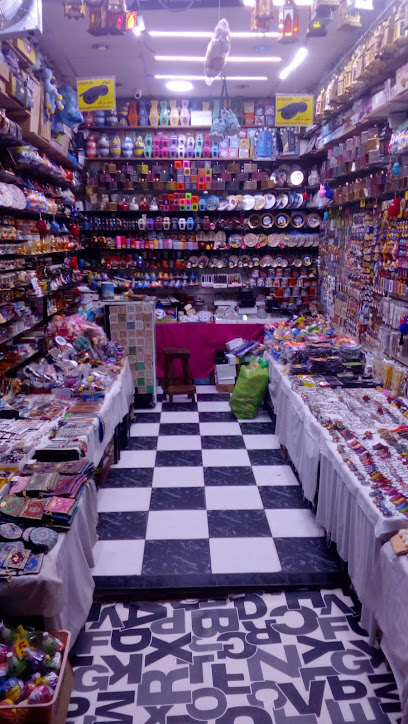
Rive Gauche Paris Agadir
Discover unique Moroccan gifts and souvenirs at Rive Gauche Paris Agadir, where local craftsmanship meets enchanting cultural heritage.
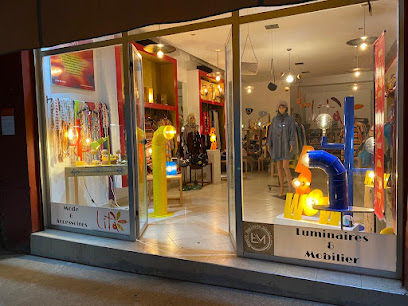
Essential bars & hidden hideouts
La Bodeguita
Discover the vibrant nightlife of Agadir at La Bodeguita, where refreshing drinks and a lively atmosphere await!
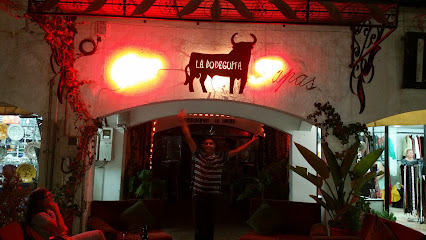
Blue Note Agadir
Discover the vibrant jazz scene and exquisite cuisine at Blue Note Agadir, the ultimate dining and nightlife destination.
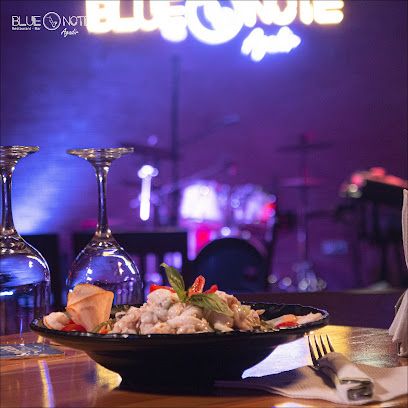
Wine Wine
Discover the lively atmosphere of Wine Wine, Agadir's premier live music bar, where unforgettable nights and cultural melodies await.
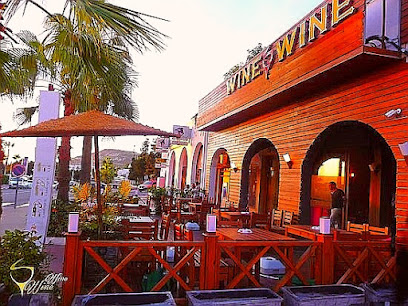
Flamingo Night Club
Join the vibrant nightlife at Flamingo Night Club in Agadir, where music, dance, and unforgettable moments come alive.
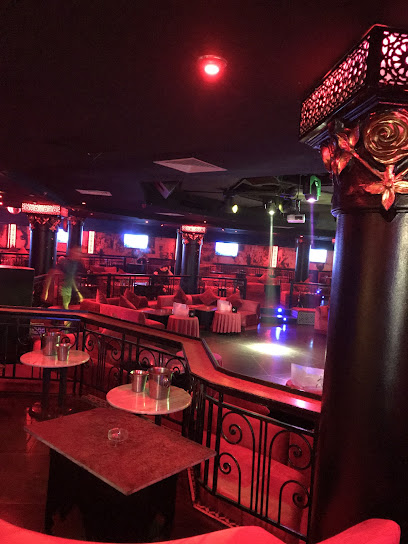
LOCOLOCO - RESTAURANT & BAR
Discover the lively LOCOLOCO - Restaurant & Bar in Agadir, where exquisite cuisine meets a vibrant atmosphere for an unforgettable dining experience.
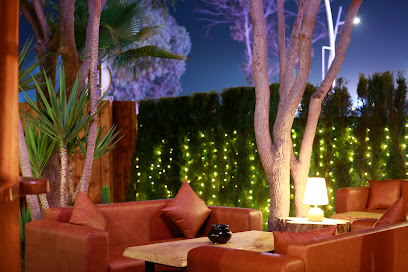
Wine O'Clock
Discover the charm of Wine O'Clock in Agadir, a premier wine bar offering an exquisite selection and inviting ambiance for every wine lover.
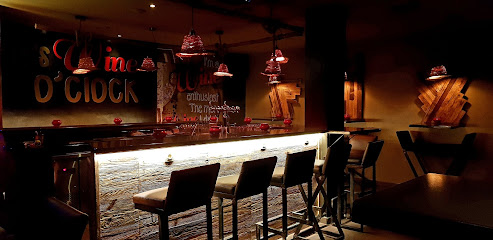
Pool Lounge Thalassa
Discover the serene elegance of Pool Lounge Thalassa in Agadir, a perfect retreat for relaxation and refreshing cocktails amidst stunning views.
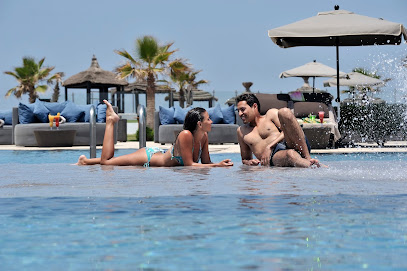
AMANE BAR
Discover the tranquil AMANE BAR at Sofitel Thalassa Agadir, your perfect escape for exquisite drinks and stunning ocean views.
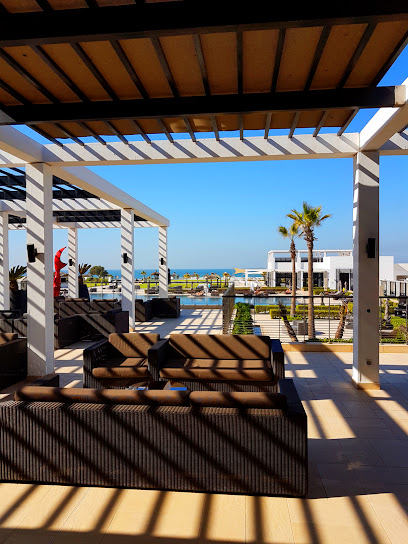
Irish Pub Agadir
Discover the lively spirit of Agadir at Irish Pub Agadir, where refreshing drinks and warm Irish hospitality await.
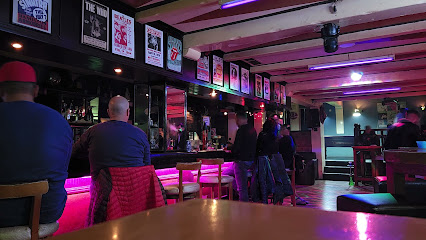
POOL LOUNGE BAR & RESTAURANT
Experience the perfect blend of relaxation and exquisite dining at the Pool Lounge Bar & Restaurant in Agadir's idyllic setting.
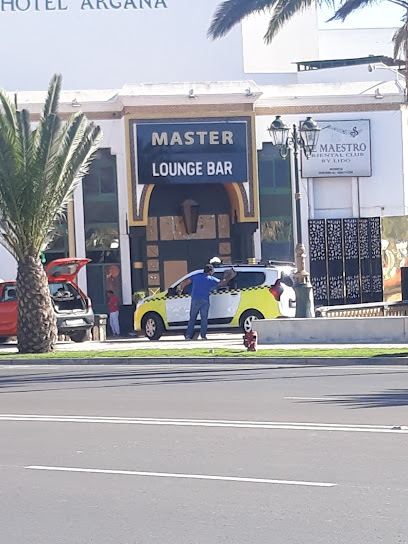
1001 Nuits Sisha Bar ( Hotel Argana)
Discover the vibrant culture and lively atmosphere at 1001 Nuits Sisha Bar in Agadir, a must-visit sports bar for every tourist.
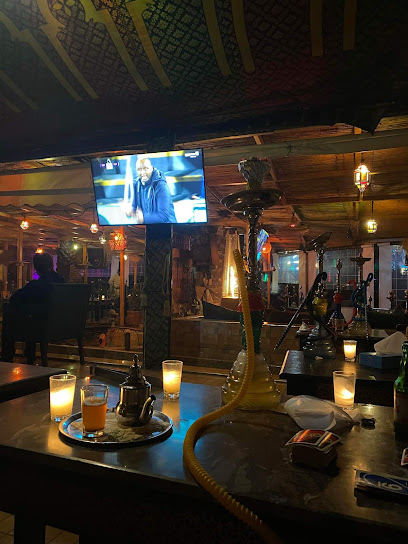
CAMELEON LOUNGE BAR
Discover the vibrant nightlife at Cameleon Lounge Bar in Agadir, where refreshing cocktails and stunning ocean views await you.
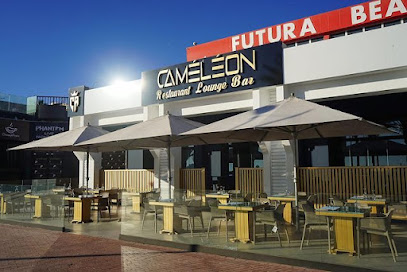
Gilgamesh Lounge Bar
Experience the vibrant nightlife of Agadir at Gilgamesh Lounge Bar, featuring exquisite drinks and a chic atmosphere perfect for relaxation and socializing.
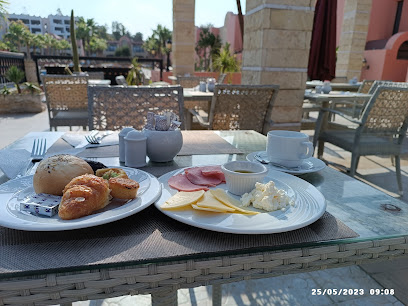
Winston British Pub
Experience the charm of British pub culture at Winston British Pub, a cozy lounge in Agadir offering a wide selection of drinks and a welcoming atmosphere.
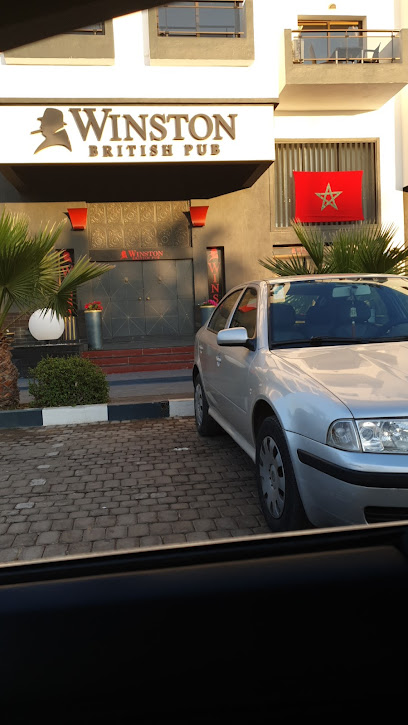
Ô Calypso Lounge Bar
Discover the enchanting Ô Calypso Lounge Bar in Agadir, where stylish ambiance meets delicious cocktails and local flavors.

Local Phrases about Agadir Region
-
- Helloسلام
[salaam] - Goodbyeوداعا
[wadaa'an] - Yesنعم
[na'am] - Noلا
[la] - Please/You're welcomeمن فضلك
[min fadlik] - Thank youشكرا
[shukran] - Excuse me/Sorryعذرا
[aadhira] - How are you?كيف حالك؟
[kayf halik?] - Fine. And you?بخير. وأنت؟
[bikhayr. wa anta?] - Do you speak English?هل تتحدث الإنجليزية؟
[hal tatahadath al'inglizia?] - I don't understandلا أفهم
[la afham]
- Helloسلام
-
- I'd like to see the menu, pleaseأريد أن أرى القائمة، من فضلك
[uridu an ara alqaimah, min fadlik] - I don't eat meatأنا لا آكل اللحم
[ana la aakul allahm] - Cheers!في صحتك!
[fi sahtik!] - I would like to pay, pleaseأريد أن أدفع، من فضلك
[uridu an adfaa, min fadlik]
- I'd like to see the menu, pleaseأريد أن أرى القائمة، من فضلك
-
- Help!النجدة!
[alnajdah!] - Go away!انصرف!
[insarf!] - Call the Police!اتصل بالشرطة!
[itassil bialshurtah!] - Call a doctor!اتصل بالطبيب!
[itassil bialtabib!] - I'm lostلقد ضاعت طريقي
[laqad da'at tariqi] - I'm illأنا مريض
[ana mareed]
- Help!النجدة!
-
- I'd like to buy...أريد أن أشتري...
[uridu an ashtari...] - I'm just lookingأنا فقط أتطلع
[ana faqat atatala] - How much is it?كم هو ثمنه؟
[kam huwa thamanuhu?] - That's too expensiveهذا غالي جدا
[hatha ghali jiddan] - Can you lower the price?هل يمكنك خفض السعر؟
[hal yumkinuk khafd alsu'ur?]
- I'd like to buy...أريد أن أشتري...
-
- What time is it?كم الساعة؟
[kam alsaa'ah?] - It's one o'clockالساعة الواحدة
[alsaa'ah alwahidah] - Half past (10)الساعة العاشرة والنصف
[alsaa'ah al'ashirah walnisf] - Morningصباح
[sabah] - Afternoonبعد الظهر
[ba'd aldhuhur] - Eveningمساء
[masaa] - Yesterdayأمس
[ams] - Todayاليوم
[alyawm] - Tomorrowغدا
[ghadan] - 1واحد
[wahid] - 2اثنان
[ithnan] - 3ثلاثة
[thalatha] - 4أربعة
[arba'a] - 5خمسة
[khamsa] - 6ستة
[sitta] - 7سبعة
[sab'a] - 8ثمانية
[thamaniah] - 9تسعة
[tis'ah] - 10عشرة
[asharah]
- What time is it?كم الساعة؟
-
- Where's a/the...?أين...؟
[ayn...?] - What's the address?ما هو العنوان؟
[ma huwa al'anaan?] - Can you show me (on the map)?هل يمكنك أن تريني (على الخريطة)؟
[hal yumkinuk an tureeni (ala alkhareetah)?] - When's the next (bus)?متى القادم (حافلة)؟
[mata alqadim (hafilah)?] - A ticket (to ....)تذكرة (إلى ....)
[tadhkirah (ila ....)]
- Where's a/the...?أين...؟
History of Agadir Region
-
The Agadir Region boasts a rich history that dates back to ancient times when it was inhabited by the indigenous Berber people. These early inhabitants, known as the Amazigh, have left an indelible mark on the region’s culture, language, and traditions. Their influence is still evident today in the Berber villages, distinctive architecture, and the Tachelhit language spoken by many locals.
-
Around the 12th century BCE, the Phoenicians, renowned seafarers and traders, arrived on the Moroccan coast. They established trading posts and introduced new agricultural techniques, significantly impacting the local economy and culture. The remnants of their influence can still be found in the region's ancient ruins and artifacts.
-
During the Roman era, the region became part of the Kingdom of Mauretania. The Romans introduced advanced engineering, agriculture, and governance, which left a lasting legacy. Although less prominent than other parts of Morocco, the Roman influence is still discernible in some archaeological sites and the layout of ancient settlements.
-
In the 7th century, the spread of Islam reached the Agadir Region, bringing profound changes to the social and cultural landscape. The Berber tribes converted to Islam, and the region became an integral part of the Islamic world. This period saw the construction of mosques, madrasas, and the introduction of Islamic art and architecture, which continue to define the region’s identity.
-
During the 16th century, the Portuguese established a significant presence in Agadir, constructing fortifications and trading posts. The most notable remnant of this era is the Kasbah of Agadir, built in 1540. This fortress, perched on a hill overlooking the ocean, offers a glimpse into the strategic importance of Agadir as a trading hub and military outpost.
-
The Saadian Dynasty, which ruled Morocco from 1549 to 1659, played a crucial role in shaping the Agadir Region. Under the Saadians, Agadir experienced economic growth and increased trade with Europe and sub-Saharan Africa. The dynasty's influence is visible in the architecture and urban planning of the region’s historic sites.
-
In the early 20th century, Morocco became a French protectorate, and Agadir saw significant development under French administration. The French introduced modern infrastructure, including roads, ports, and buildings, which facilitated economic growth. The blend of French and Moroccan architectural styles from this period is still apparent in Agadir’s urban landscape.
-
On February 29, 1960, a devastating earthquake struck Agadir, resulting in extensive damage and loss of life. The city was almost entirely destroyed, prompting a major reconstruction effort. The modern city of Agadir, with its wide boulevards and contemporary buildings, rose from the ruins, symbolizing resilience and renewal.
-
After Morocco gained independence in 1956, Agadir underwent significant development, transforming into a major tourist destination. The region capitalized on its natural beauty, pleasant climate, and rich cultural heritage to attract visitors from around the world. Today, Agadir is known for its vibrant souks, pristine beaches, and thriving arts scene.
Agadir Region Essentials
-
Agadir Region is accessible via Agadir-Al Massira Airport (AGA), located about 25 kilometers from the city center. Direct flights are available from major European cities, as well as domestic flights from Casablanca and Marrakech. Alternatively, you can reach Agadir by bus or car from Marrakech (approximately 3 hours) or Casablanca (around 5 hours). CTM and Supratours are reliable bus services that connect these cities to Agadir.
-
Within Agadir, taxis are the most common form of transportation. Petit taxis (small blue taxis) are used for travel within the city and are metered, while grand taxis (larger white taxis) are used for longer distances and can be shared. Public buses are also available and are a cost-effective option. For more freedom, consider renting a car to explore the region at your own pace.
-
The official currency in Morocco is the Moroccan Dirham (MAD). Credit and debit cards are widely accepted in hotels, restaurants, and larger shops, but it is advisable to carry cash for smaller establishments and markets. ATMs are plentiful in Agadir, but be aware of any international transaction fees your bank may charge.
-
Agadir is generally considered safe for tourists. However, you should exercise standard precautions. Avoid walking alone at night, particularly in less crowded areas. Be cautious in neighborhoods like Talborjt and the Souk El Had area, as petty crimes such as pickpocketing can occur. Always keep an eye on your belongings and avoid displaying valuable items.
-
In case of an emergency, dial 19 for police assistance or 15 for medical emergencies. The main hospital in Agadir is Hassan II Hospital, which provides a range of medical services. Pharmacies are widely available for over-the-counter medications. It is recommended to have travel insurance that covers medical emergencies.
-
Fashion: Do dress modestly, especially when visiting religious sites. Avoid wearing revealing clothing. Religion: Do respect local customs and traditions. Avoid public displays of affection. Public Transport: Do be respectful and give up your seat to elderly passengers. Don't eat or drink on public transport. Greetings: Do greet people with a handshake. A slight bow of the head is also a sign of respect. Eating & Drinking: Do try local delicacies and accept food offerings graciously. Don't refuse hospitality, as it is considered impolite.
-
To experience Agadir Region like a local, visit the Souk El Had market where you can buy fresh produce, spices, and traditional Moroccan goods. Engage with locals, as they are often friendly and willing to share stories about the region's history and culture. Don't miss visiting the Kasbah for panoramic views of the city and the Atlantic Ocean. For a unique experience, take a day trip to the Paradise Valley, a beautiful oasis located about 20 kilometers from Agadir.
Trending Landmarks in Agadir Region
-
Souk El Had
-
Iberostar Founty Beach
-
Crocoparc
-
Agadir Oufella
-
Plage d'Agadir
-
Paradise Valley
-
Agadir Medina
-
Hotel Riu Palace Tikida Agadir
-
Agadir Birds Valley
-
Station Téléphérique - Cable Car Station
-
Mohamed V Mosque, Agadir
-
Anza Beach
-
Corniche de la plage d'Agadir
-
Jardin Olhao Agadir
-
Agadir Dolphin World
Nearby Cities to Agadir Region
-
Things To Do in Taroudant
-
Things To Do in Essaouira
-
Things To Do in Marrakech
-
Things To Do in Casablanca
-
Things To Do in Meknes
-
Things To Do in Fes
-
Things To Do in Asilah
-
Things To Do in Chefchaouen
-
Things To Do in Tangier
-
Things To Do in Tetouan
-
Things To Do in Cádiz
-
Things To Do in Europa Point
-
Things To Do in Gorham's Cave Complex
-
Things To Do in St. Michael's Cave
-
Things To Do in Queensway Quay Marina








